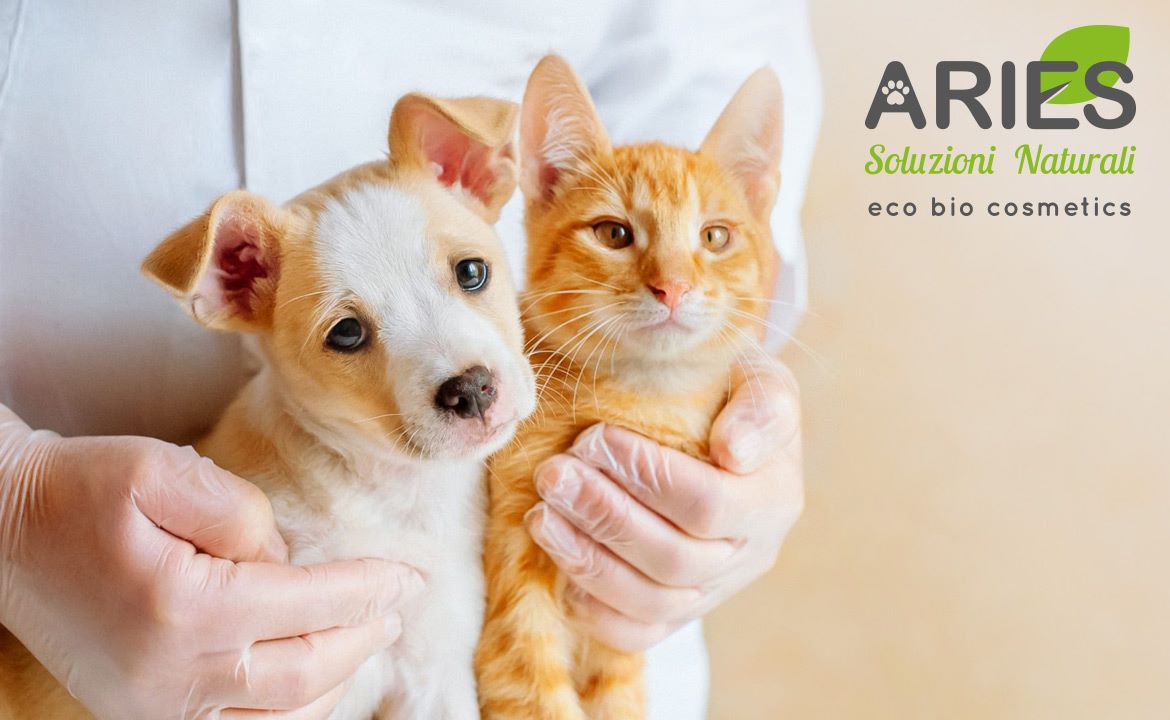Autumn: how to handle the change of season for dogs and cats.

The change of season in autumn could cause some problems for dogs and cats. How can we avoid them? Here is the advice of the experts
As in other seasons, with the arrival of autumndogs and cats undergo a change in lifestyle, due to which they can also be affected in terms of health.
The first rains and the first cold temperatures, for example, can cause ailments in some dogs. Just as the shorter days and less time spent outside, have a significant influence on Fido and Kitty’s mood.
Not to forget the shedding of the fur, a problem often more for the owners than for the dog and cat.
To avoid these unpleasant “inconveniences” in your pets it is best to approach the new season in the most correct way possible. As?
Here are some suggestions that we give you together with doctor Nicoletta Corigliano, Doctor Veterinarian, to whom we asked some questions on how to make our beloved furry friends face autumn in the best way.
The shedding of fur
As in the spring-summer season, the dog and cat’s coat is renewed in autumn too. It is a natural process which, unlike what happens in summer, allows them to better deal with low temperatures.
Simply put, “Mother Nature has thought of everything” – reiterated Dr. Corigliano. “It would seem absurd to have to clarify this – she stated – but there are many people who turn to us veterinarians asking if a cure is possible to stop the hair loss of their dog or cat.
Moulting is a natural process that we absolutely cannot stop. The only way to help your dog or cat is to regularly brush their coat to remove excess hair. In cats this also becomes a good practice to prevent the formation of annoying hairballs in the stomach. If this were to happen, a good remedy – suggests the vet – is to pour a teaspoon of olive oil into the cat’s food.”
Eating habits
In autumn the eating habits of dogs and cats also change.
With the arrival of the first cold weather, which increases in the winter months, pets consume more calories. It is therefore advisable to include foods in their diet that adequately satisfy their lipid, vitamin and protein needs.
However, as Dr. Corigliano states, special attention must be given to the quantity of fats contained in our furry friends’ foods.
“At this time of year, dogs and cats are forced to reduce their time outdoors and tend to lead a more sedentary life. It is important for their health – explains the vet – to check that they do not gain too much weight. For this reason it would be advisable to reduce the quantity of fatty foods by replacing them with a healthier diet with natural fish or meat.”
Seasonal ailments
Another aspect to keep under control is the onset of some seasonal ailments, due to the first cold temperatures.
In particular, owners of elderly dogs and cats or those with certain pathologies, who are more susceptible to disorders related to the respiratory system, must pay special attention.
But what needs to be protected from the cold in particular – explains the veterinary surgeon – are dogs belonging to the dwarf category with dystrophic legs, such as dachshunds for example, corgis and others similar. With the arrival of cold temperatures they are more subject to joint pain.” It is therefore better to pay attention to temperature changes for our dear animals.
Watch out for parasites
The same enemies that are fought during the summer months, they can continue to attack dogs and cats even at the beginning of autumn. The warmth of the home acts as a stimulus to parasites who tend to slip into the house, thus attacking our pets.
Therefore, even in autumn it is important not to let your guard down in protecting dogs and cats from parasites.
To do this, it is also essential to continue to guarantee accurate hygiene, for which we remind you of our Aries Product Lines, each with a natural base because they come from organic farming .







